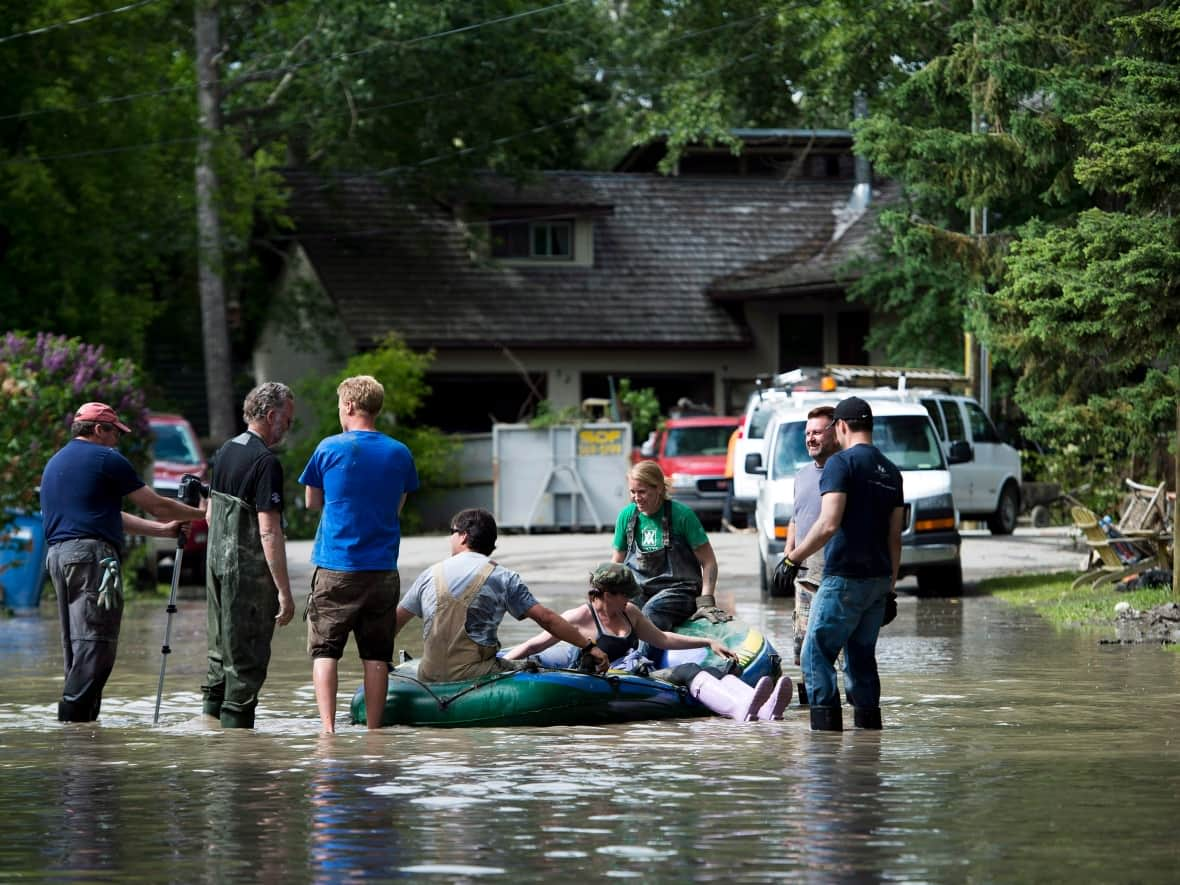Calgary's top disaster risks include climate-related events, report says

Climate-related events now make up more of the top disaster risks for the City of Calgary, according to a report tabled at city council on Wednesday.
Last year, there were 44 days that fell within the city's guidelines for extreme heat or extreme cold in addition to heavy rain and hailstorm events.
"Climate events are getting more and more frequent, and they're getting more and more severe," said Sue Henry, chief of the Calgary Emergency Management Agency (CEMA).
The report outlines 16 of the highest risk events that the city may encounter, and Henry says eight of them are climate-related.
Henry told the committee that Calgary remains a disaster hot spot in Canada and will need to continue working with federal officials from Environment and Climate Change Canada.
CEMA lists 65 potential disaster risks for Calgary but focuses its energy on the top 16 most likely disasters that could affect life in Calgary. Those include weather or climate-related events, rail incidents and failures of critical infrastructure.
New to this year's assessment are three additional risks: civil disobedience, a dam breach on the Elbow River and a pandemic.
"It's about the increase in probability of something happening, the increase in frequency we're seeing around the world about things happening, and the potential impact that that may have on services," Henry said.
Calgary’s 16 highest-risk emergencies
The report also highlights the city's efforts to mitigate flood risk following the 2013 flood. The investments have reduced flood risk by 55 per cent, having saved $93 million annual damage, the report says. When work is complete, 70 per cent of flooding will be reduced and the city will be "fully protected" from a 2013-level event.
However, with increasing risk of heavy rainfall along with climate change, so increases the potential of flooding.
The report outlines the proactive measures taken by the city to avoid flooding during heavy rains last June. The measures included closing stormwater outfalls, lowering water levels in the Glenmore Reservoir, deploying pumps to low-lying communities and constructing a temporary berm on Memorial Drive.
"Our flood mitigation in Calgary has been an incredible story. It really is showing that front end of the emergency management model and how important it is for us to do mitigation activities," Henry said.
With the report now in councillors' possession, Coun. Kourtney Penner is encouraging Calgary residents to recognize the work the city is doing to mitigate climate change.

"What we see in the report is really a reflection of the challenges we're seeing globally around climate change and the risks [that presents], especially in urban areas," said Penner, who is also chair of the city's emergency management committee.
City council directs CEMA to report annually on the city's readiness for different potential disasters.


